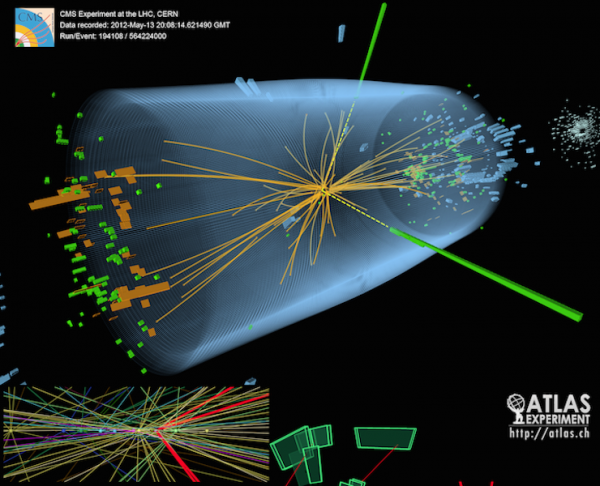Many calculations indicate that the particle discovered last year in the CERN particle accelerator was eminently the famous Higgs particle. Physicists agree that the CERN experiments did find a new particle that had never been seen before, but according to an international research team, there is no conclusive evidence that the particle was indeed the Higgs particle.
The research team has scrutinized the existing scientific data from CERN about the new found particle and published their analysis in the journal Physical Review D. A member of this team is Mads Toudal Frandsen, an associate professor at the Center for Cosmology and Particle Physics Phenomenology, Department of Physics, Chemistry and Pharmacy at the Univ. of Southern Denmark.
Frandsen said
The CERN data is generally taken as evidence that the particle is the Higgs particle. It is true that the Higgs particle can explain the data but there can be other explanations, we would also get this data from other particles. The current data is not precise enough to determine exactly what the particle is. It could be a number of other known particles.
What was it, then?
But, if it wasn’t the Higgs particle that was found in CERN’s particle accelerator, then what was it? Frandsen elaborates,
We believe that it may be a so-called techni-higgs particle. This particle is in some ways similar to the Higgs particle and hence half of the name
Although the techni-higgs particle and Higgs particle can easily be confused in experiments, they are two very different particles belonging to two very different theories of how the universe was created.
The Higgs particle is the missing piece in the theory called the Standard Model. This theory describes the three of four forces of nature. But it does not explain what dark matter is- the substance that makes up most of the universe. A techni-higgs particle, if it exists, is a completely different thing.
If techni-quarks exist, there must be a force to bind them together so that they can form particles. None of the four known forces of nature (gravity, the electromagnetic force, the weak nuclear force and the strong nuclear force) are much good at binding techni-quarks together. Therefore there must be a yet undiscovered force of nature. This force is called the technicolor force.
Source: Univ. of Southern Denmark
